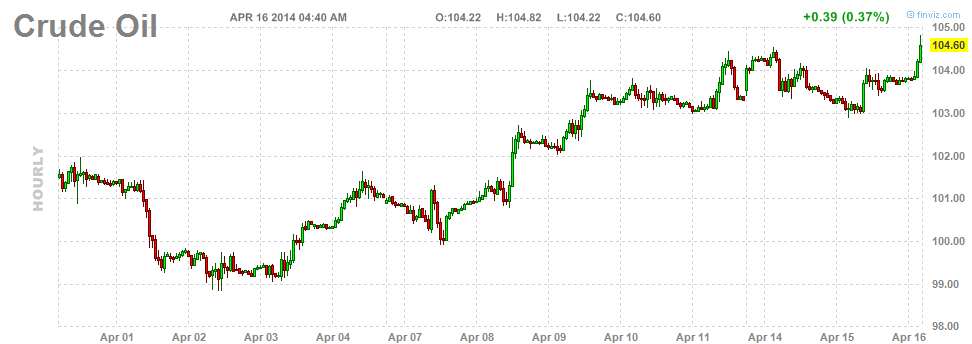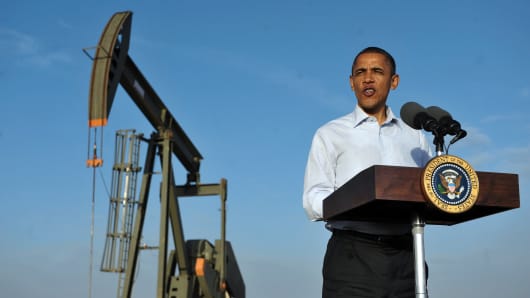“The Obama administration cleared the way for the first exports of unrefined American oil in nearly four decades, allowing energy companies to start chipping away at the longtime ban on selling U.S. oil abroad.
In separate rulings that haven’t been announced, the Commerce Department gave Pioneer Natural Resources Co. and Enterprise Products Partners LP permission to ship a type of ultralight oil known as condensate to foreign buyers. The buyers could turn the oil into gasoline, jet fuel and diesel.
The shipments could begin as soon as August and are likely to be small, people familiar with the matter said. It isn’t clear how much oil the two companies are allowed to export under the rulings, which were issued since the start of this year. The Commerce Department’s Bureau of Industry and Security approved the moves using a process known as a private ruling.
For now, the rulings apply narrowly to the two companies, which said they sought permission to export processed condensate from south Texas’ Eagle Ford Shale formation. The government’s approval is likely to encourage similar requests from other companies, and the Commerce Department is working on industrywide guidelines that could make it even easier for companies to sell U.S. oil abroad.
In a statement Tuesday night, the Commerce Department said there has been “no change in policy on crude oil exports.”
Under rules imposed after the Arab oil embargo of the 1970s, U.S. companies can export refined fuel such as gasoline and diesel but not oil itself except in limited circumstances that require a special license. The embargo essentially excludes Canada, where U.S. oil can flow with a special permit.
Lawmakers enacted the ban after Arab countries declared an embargo on shipments to Western nations because of their support for Israel in the Yom Kippur War. The embargo caused oil prices to quadruple and led to rationing at gas stations across the U.S.
But as drilling companies tap shale formations across the U.S., so much oil is flooding out of the ground that prices for ultralight oil have fallen as much as $10 or more below the price of traditional crude. As a result, producers have lobbied aggressively to relax the export ban, saying they could get a higher price from foreign buyers than from U.S. refiners…..”
Comments »


